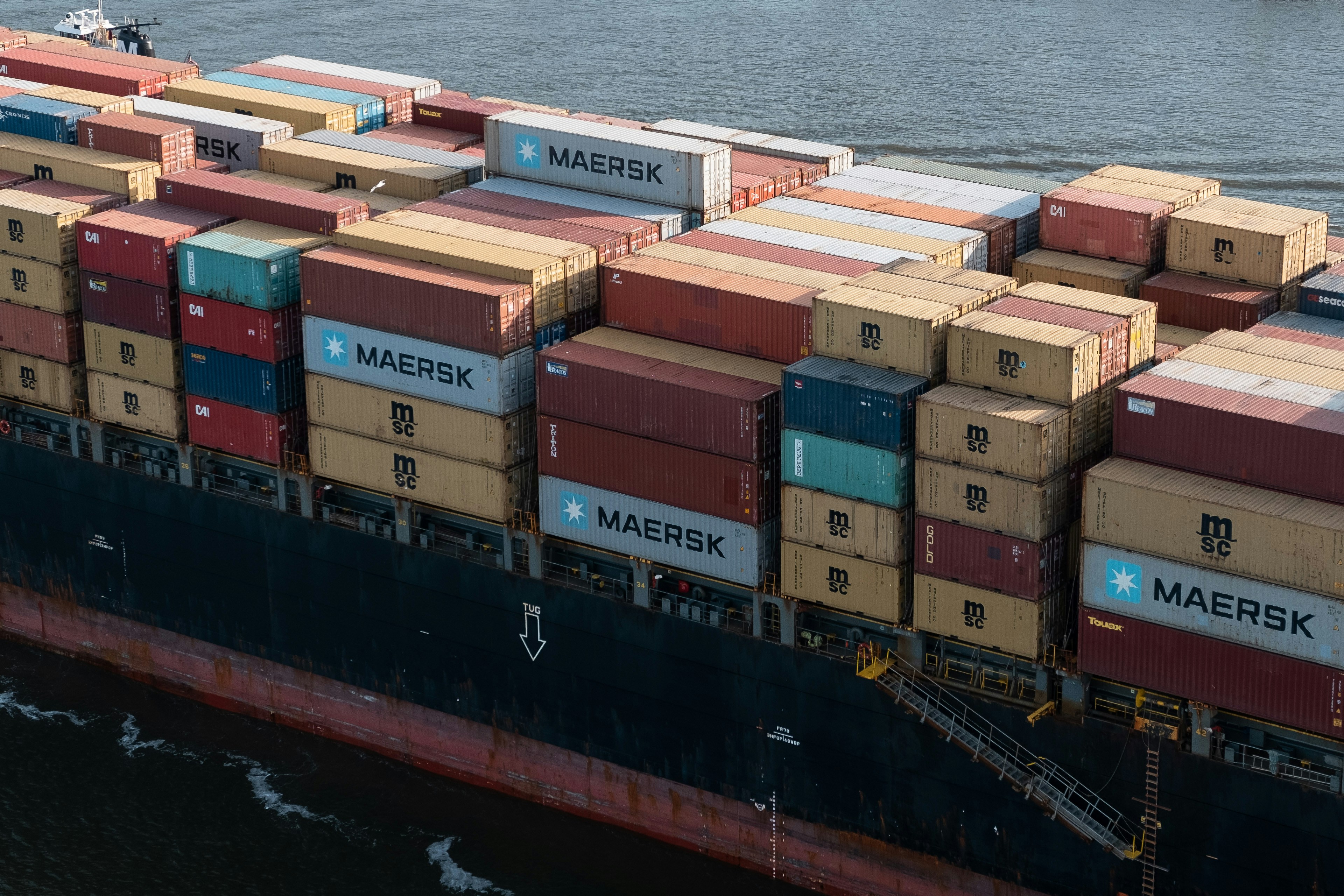Understanding Electronic Bills of Lading
Electronic bills of lading (eBLs) represent a modern approach to managing shipping documentation in ocean freight. Unlike traditional paper bills of lading, which have been a cornerstone of maritime shipping for centuries, eBLs utilize digital technology to streamline and enhance the shipping process. This transformation not only promotes efficiency but also addresses the challenges associated with paper-based documentation, such as loss, fraud, and the time delays tied to physical document transfers.
The technology underpinning eBLs often incorporates blockchain and other secure digital platforms. Blockchain technology offers a decentralized and tamper-proof framework for recording transactions, ensuring that information related to the bill of lading is secure and easily verifiable. This digital ledger enhances transparency within the supply chain, as all parties involved can access the same real-time information. Additionally, digital platforms provide tools for tracking shipments and managing documents seamlessly, thereby improving overall operational efficiency within the shipping industry.
As the adoption of eBLs continues to grow, it is essential to consider their legal status across different jurisdictions. Recently, many countries have begun to recognize electronic documentation as legally valid, mirroring the recognition of traditional bills of lading. Notable developments include updates to international conventions and national laws that facilitate the use of electronic documents in maritime trade. The United Nations Commission on International Trade Law (UNCITRAL) has also recommended legal frameworks that endorse the integration of eBLs, paving the way for their increased acceptance globally.
In summary, electronic bills of lading signify a forward leap in the shipping industry, marrying technology with tradition in a manner that enhances security, efficiency, and legal recognition across borders.
Benefits of Switching to Electronic Bills of Lading
The transition from traditional paper bills of lading to electronic bills of lading (eBLs) brings a plethora of advantages that significantly enhance the shipping industry’s efficiency and security. One of the primary benefits of using eBLs is the improved efficiency in the shipping process. With electronic documentation, information can be exchanged in real time, reducing the delays associated with printing, signing, and physically transporting paper documents. This expedites the entire logistics chain, allowing for faster shipment processing and improved overall delivery times.
Moreover, eBLs mitigate the risks associated with document loss or fraud. Physical documents are susceptible to various risks, including damage, theft, or misplacement. In contrast, electronic formats facilitate secure storage and retrieval, significantly safeguarding against these vulnerabilities. Advanced encryption and authentication methods further enhance document security, ensuring that the integrity of transactions remains intact.
The financial implications of switching to eBLs can also not be overlooked. By reducing reliance on physical paper, organizations can lower operational costs associated with printing, mailing, and storing traditional documents. Shipping companies that adopt electronic bills of lading often report substantial savings; for example, a case study conducted revealed that firms could save up to 20% on document processing costs when eBLs are implemented effectively.
In addition to financial benefits, the environmental impact of minimizing paper usage contributes meaningfully to sustainability efforts within the shipping industry. Transitioning to electronic documentation is in line with global initiatives to reduce carbon footprints and promote eco-friendly practices. A report from the International Chamber of Commerce estimates that widespread adoption of electronic documentation could cut paper use in freight transport by 40%, marking a significant step towards greener shipping solutions.
Challenges and Barriers to Adoption
The transition from traditional paper bills of lading to electronic bills of lading (eBOL) presents a significant challenge for many organizations within the shipping industry. One of the foremost obstacles is the need for substantial technological investment. Many shipping companies still rely heavily on legacy systems that are not compatible with modern digital solutions. Upgrading these systems or investing in new technology can be seen as a daunting and costly undertaking, leading to reluctance among stakeholders to fully embrace eBOL.
Another pressing issue is the growing concern regarding cybersecurity. As organizations shift towards electronic documentation, they open themselves up to potential cyber threats, such as data breaches and unauthorized access. With sensitive information being shared electronically, companies must invest in robust cybersecurity measures to protect against potential vulnerabilities. This heightened need for security can delay the adoption of eBOL as organizations grapple with the implications of safeguarding their digital assets.
Resistance to change is also a significant barrier. Many employees within shipping firms are accustomed to traditional methods of handling documentation and may be reluctant to adopt new processes. This cultural inertia can slow down the implementation of eBOL, as staff may feel overwhelmed or unsure about how to navigate the new digital landscape. Effective change management strategies are essential to address these concerns and ensure that personnel are adequately trained in utilizing electronic documentation systems.
Finally, the necessity for regulatory alignment poses a challenge. The legal framework surrounding bills of lading varies across different jurisdictions, leading to uncertainty about how eBOL will be treated by courts and authorities. Organizations must engage with regulators to establish clear guidelines and standards for electronic documentation, ensuring that eBOL is recognized as a legally binding alternative. By understanding and addressing these challenges, stakeholders can pave the way for a more seamless transition to electronic bills of lading in the shipping industry.
The Future of Electronic Bills of Lading in Ocean Freight
The transition from traditional paper-based bills of lading to electronic bills of lading (eBOLs) marks a significant shift in the ocean freight industry. As global trade continues to expand, the demand for faster, more secure, and efficient shipping documentation has catalyzed the growth of eBOL adoption. Industry forecasts predict that this electronic format will become more prevalent, driven largely by advancements in technology such as blockchain, cloud computing, and electronic data interchange (EDI). These technologies not only streamline the documentation process but also enhance traceability and reduce the risk of fraud.
Regulatory frameworks are also expected to evolve in response to the growing acceptance of electronic documentation. Governments and regulatory bodies across the globe are increasingly recognizing the potential of eBOLs to enhance trade efficiency. There is a possibility that international conventions, such as the United Nations Convention on the Use of Electronic Communications in International Contracts, will be amended to provide a legal framework that fully supports eBOL transactions. Such regulatory changes would encourage stakeholders in the shipping industry, including shipping companies and freight forwarders, to adopt eBOLs more readily.
Furthermore, key players in the shipping ecosystem are collaboratively investing in the development of digital solutions to facilitate the transition. This collaboration includes shipping lines, technology providers, and logistics companies that are embracing electronic documentation systems. As the industry adapts to these innovative practices, it is anticipated that eBOLs will enhance operational efficiency, lower costs, and foster smoother international trade relations.
In conclusion, the future of electronic bills of lading in ocean freight appears promising. With increasing technological advancements, potential regulatory changes, and collaborative efforts from various stakeholders, the maritime shipping industry is poised to embrace this transformation. The implications for global trade will be profound, paving the way for a more streamlined and efficient shipping process.



